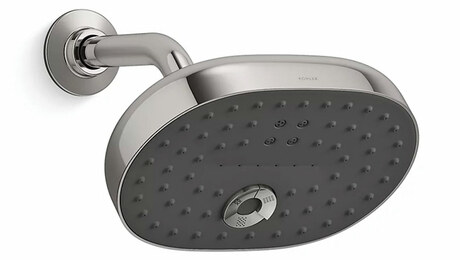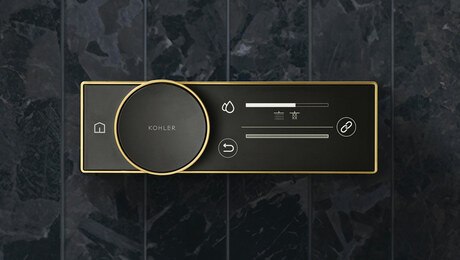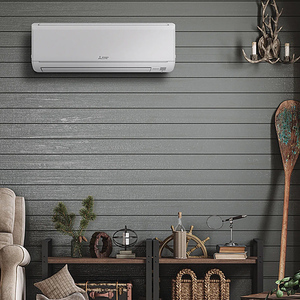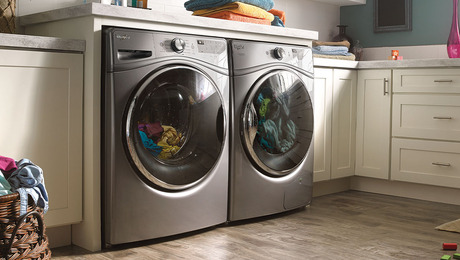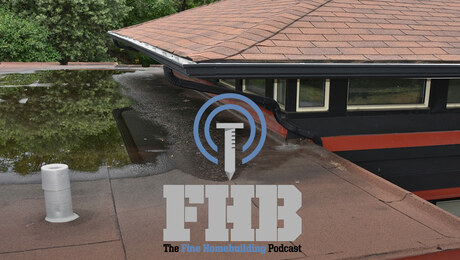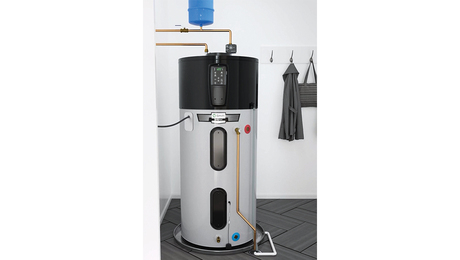Wall Sleeve for Minisplit Penetrations
Fibrous insulation is hard to seal on exterior walls when installing heat pumps. These plastic tubes can help.
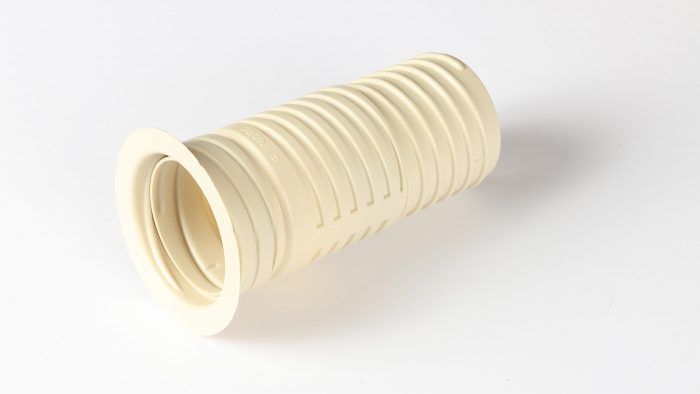
The simplest and most common spot to install a ductless minisplit heat pump head is on an exterior wall. Doing so, however, requires sealing wall penetrations in order to properly air-seal and keep out vermin, dust, and pollutants. In a wall filled with foam or other solid material, this is relatively simple. The challenge comes with empty wall cavities and frame walls that are insulated with fibrous materials like fiberglass and cellulose. With nothing to contain the expanding foam, it rarely forms a tight seal. Even if the expanding foam does a good job of stopping outdoor air at the sheathing, the interior hole remains open to the wall cavity.
This is where a wall sleeve—a plastic tube that lines the passage through the wall cavity—is helpful. I’m aware of three models from manufacturers Rectorseal, Diversitech, and Pioneer. They look slightly different from each other but perform the same function. The Rectorseal model, which is the one I’ve used, telescopes to accommodate different wall thicknesses. The others are fixed tubes that can be cut to length with a utility knife. All provide a rigid liner that can be filled with expanding foam to form a durable seal. Where rodents are a concern, I recommend stuffing the sleeve with copper wool before applying the foam.
Although not necessary for air-sealing penetrations in a poured concrete wall, wall sleeves can be used in this application to protect line sets, insulation, and wiring from contact with sharp and corrosive materials in the concrete.
Rectorseal’s wall sleeve can be purchased separately for about $12, Diversitech’s for $14, and Pioneer’s as part of an installation kit for $26.
This article originally appeared on Green Building Advisor.
RELATED STORIES


